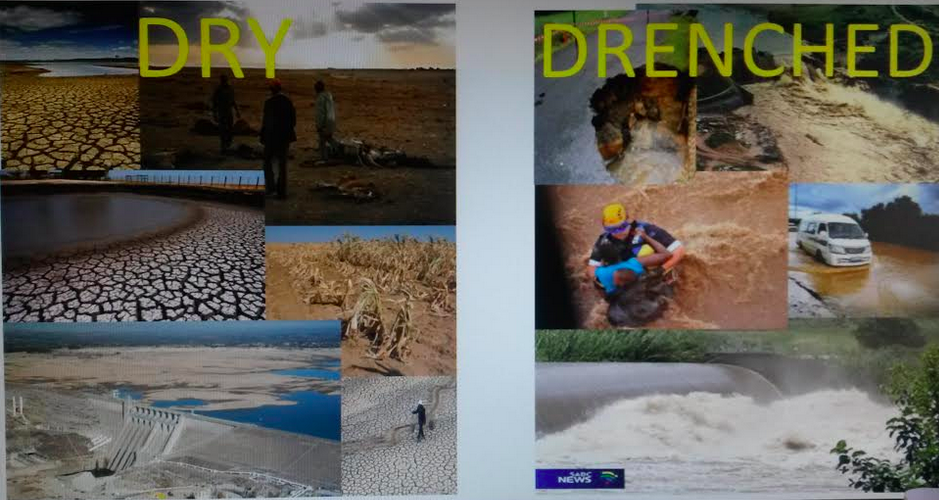Clean Cities Campaign
without an ambitious and robust climate action plan
Last year the NI Assembly passed its first Climate Change Act, and now the NI Assembly and government departments must create an ambitious Climate Action Plan to implement the legislation.
The Northern Ireland Climate Action Plan will set out the policies and programmes necessary to deliver net zero by 2050 in Northern Ireland. RSPB NI has laid out 4 key tests that must be met as government prepares to publish its first Climate Action Plan for Northern Ireland later this year.
The policies and programmes in the CAP should:
1. Ensure that NI remains on course to meet net zero by 2050 and realise the economic opportunities of investing in nature and climate.
a. Deliver net zero by 2050 in line with the latest science to limit temperature rises to 1.5
b. Embrace the transition to net zero as a huge investment opportunity as highlighted by the Independent Review on Net Zero & the US’s landmark climate legislation.
c. Recognise that there is overwhelming evidence showing that the costs of inaction dwarf the costs of action.
2. Embed nature-based solutions at the heart of climate action (fulfilling clause 34 of the Climate Change Act (NI) 2022)
a. Deliver large scale nature-based projects on land and at sea to mitigate climate change, enhance resilience, support biodiversity, create jobs and improve health and well-being.
b. Deploy nature-based solutions as a cost-effective way to deliver multiple benefits to society.
c. Establish a Nature for Climate fund combining public & private sector investment.
3. Support a just transition to nature & climate friendly farming.
a. Reform agriculture policy to ensure that nature and climate friendly farming becomes the central plank of agricultural policy with payments to farmers based on public money for delivery of public goods.
b. Empower farmers to be part of the solution and realise the opportunities of a just transition.
c. Ensure the Just Transition Fund supports fundamental change to agricultural practices in a way that supports farmers, climate and nature.
4. Ensure renewables are delivered in a nature positive way on and offshore.
a. Ensure that a rapid phase out of fossil fuels is delivered in line with the urgency required by climate science.
b. Deliver greater energy efficiency and demand management measures to reduce energy use, minimise impacts on nature and lower the cost of living.
c. Take a strategic spatial approach to steer renewable energy developments away from ecologically sensitive sites.
Originally published by Royal Society for the Protection of Birds (RSPB), Northern Ireland, at bit.ly/3NkJ32v




